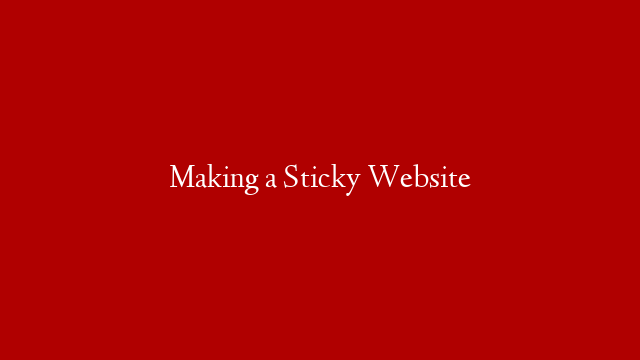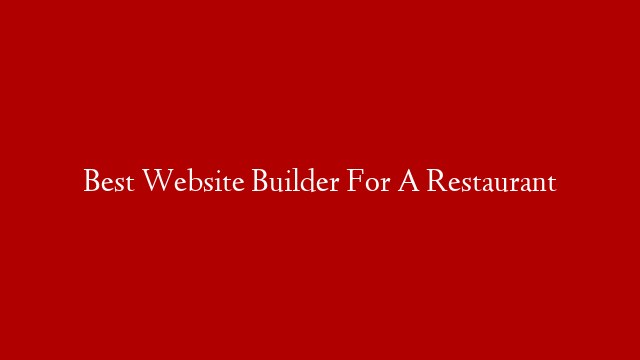When you are ready to attract people to your website, what are you going to do with them? Are they going to come in, have a quick look around then “click”off to the next website or are they going to “stick around” for a while?
The first and foremost thing that is important to achieve through banner design is its ability to generate ACTION. When a visitor sees your banner on a site, she must be compelled to click on to it. This can be achieved through effective use of animation, good, compelling copy, and its graphic design.
Many designers of websites learned years ago that things like web counters (those little faces
that count how many people have visited a website page) are a very poor measure of the website’s true activity. This is because they only count visits to the page they are applied to, not the entire site. Other statistics can be far more important than how many have visited. The “stickiness” of a website refers to how long people spend on certain pages of your website. Obviously the longer the better, because the longer they are there, the better chance you have of gaining their trust.
Many of the major search engines had great challenges years ago with getting people to stay at
their websites. Why, you ask, would a search engine want visitors to stay longer at their site?
They wanted to sell advertising space and they knew that if visitors were only spending a minute
or two at their search engine sites, they would never get a chance to see the advertising that was
posted on it. To solve this problem, most search engines became “content rich,” which is a fancy
phrase for more visitor information. In some cases they implemented “current events and news
stories,” others added features like “game rooms,” “stock quotes,” or “free e-mail options.” All of
this was done so that the search engine sites could show their advertisers that people were
spending time on the search engine sites, and did have time to read the advertising. The search
engines companies needed to do this in order for them to maintain and recover their costs for
providing the free search engine functionality. All of these efforts paid off. Now, people spend
more time in longer intervals at many search engines because there is more for them to do and
see while they are there. This means the advertisers are getting their ads read more thoroughly
and most search engines remain free for anyone on the Internet to use.
Attracting people to your website is not enough; visitors need to stick around long enough to do
whatever it is that your website was designed for them to do. All of the elements that make a
website sticky also include the construction and content of your website such as look, feel,
navigation, etc. All of these elements are needed to entice visitors to linger at your website long
enough for them to obtain something from it.
Some of the things you can implement that will help visitors spend more time or increase volume of visits to your website are:
1. Make sure your website is attractive and works properly so it will not drive visitors away.
2. Use your home or splash page to announce short news features about your business.
3. Provide “tips” associated with your products or services.
4. Provide interesting to-the-point information on products and services.
5. Make your text sections interesting and easy to read.
6. Implement chat, list serve, or other interactive sessions.
There is value in having visitors spend more time at your website, just as there is value in having
visitors return again and again to your site. Both of these activities build trust (branding) that
equates to better customer relations, higher volumes and higher margin sales.



